
Chiang Rai is the most northern province (changwat) of Thailand. Neighbouring provinces are (from east clockwise) Phayao, Lampang and Chiang Mai. In the north it borders Shan State of Myanmar and Bokeo and Oudomxai of Laos.
The average elevation of the province is 580 m. The north of the province belongs to the so-called Golden Triangle, at which the borders of Thailand, Laos and Myanmar converge - an area which was very unsafe because of the drug smuggling across the borders. The Mekong river forms the boundary with Laos, the Mae Sai and Ruak River to Myanmar. Through the town of Chiang Rai itself flows the Kok River.
While the eastern part of the province is relatively flat river plains, the western part consists of mountainous terrain. While not the highest elevation of the province, the 1322 m high Doi Tung (Flag hill) is the most important hill. The Wat Phra That Doi Tung temple on top of the hill according to the chronicles dates back to the year 911. Nearby is the Doi Tung royal villa, former residence of princess mother Somdej Phra Srinagarindra. Thanks to her activities the hills were reforested, and the hill tribes changed from growing poppy to other crops.
Chiang Rai became a province in 1910, after being part of the kingdom of Lannathai for centuries. After Lannathai was incorporated into Thailand, it stayed an autonomous region and thus the Chiang Rai area was administered from Chiang Mai.
The majorty of the population are generally ethnic Thai, but 12.5% of the population belong to the hill tribes, a minority in the North of Thailand. A minority are of Chinese descent, mainly descendants of the Kuomintang soldiers who settled in the region, notably Santikhiri.
Statistics
Capital : Chiang Rai
Area : 11,678.4 km²
Inhabitants : 1,129,701 (2000)
Pop. density : 97 inh./km²




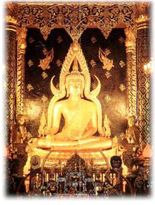
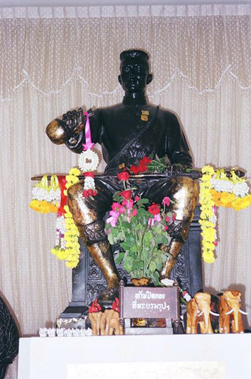
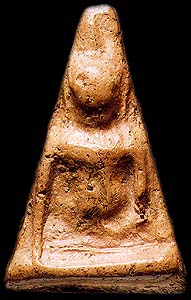
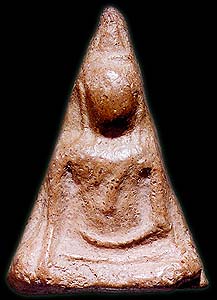
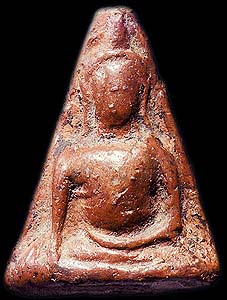
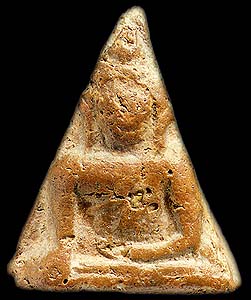
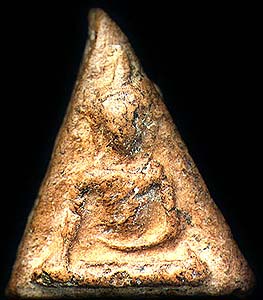
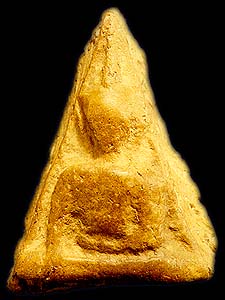
No comments:
Post a Comment